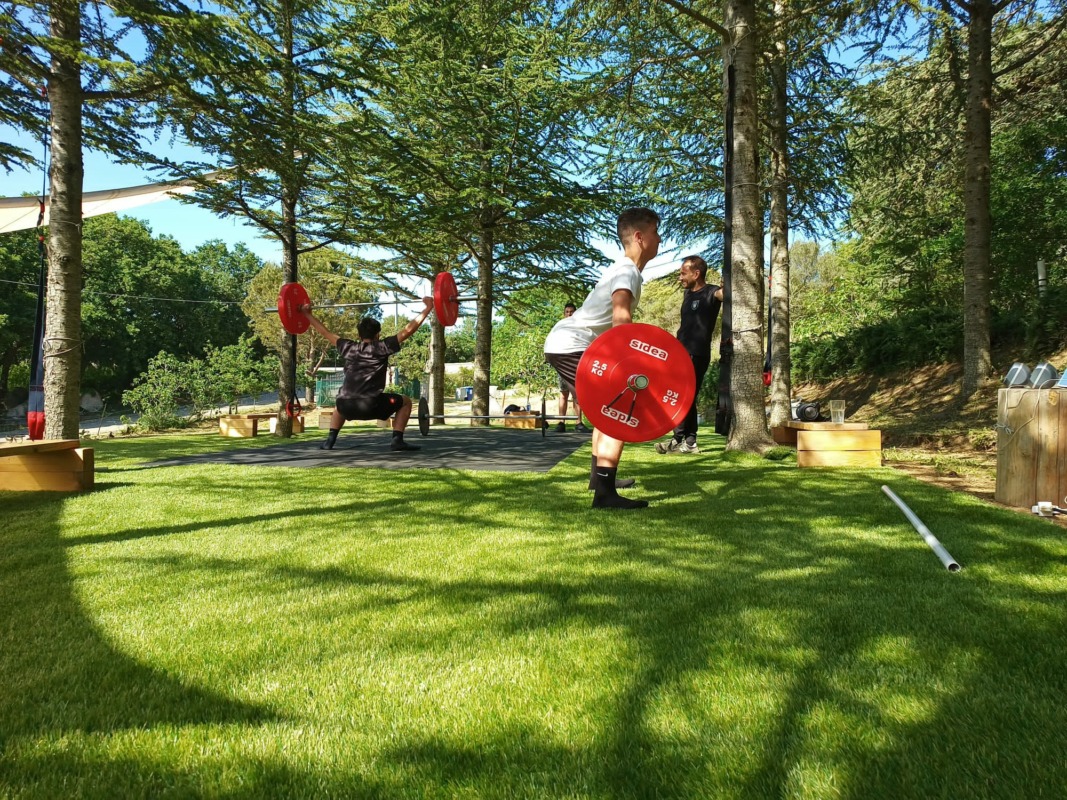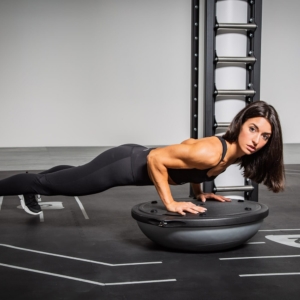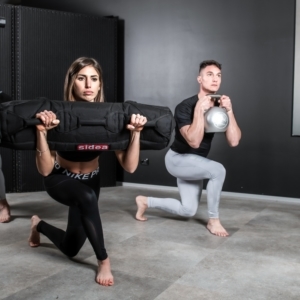Postural Weightlifting Training: interview with Paolo Campra, creator of the postural education programme that subverts certain clichés.
ISEF graduate, Doctor of Motor Sciences, Kinesiologist, FIPE Olympic Weightlifting Coach and Senior Personal Trainer, FIT Physical Trainer Level I Tennis and Padel.
Since 2006 he has been working on postural and functional re-education at his kinesiology studio, and since 2018 he has widened his activities by turning into the world of fitness meant as ‘gymnastics for health’, especially in the preventive and re-educational treatments. For this purpose, he founded Movilab, the movement laboratory, in 2022.
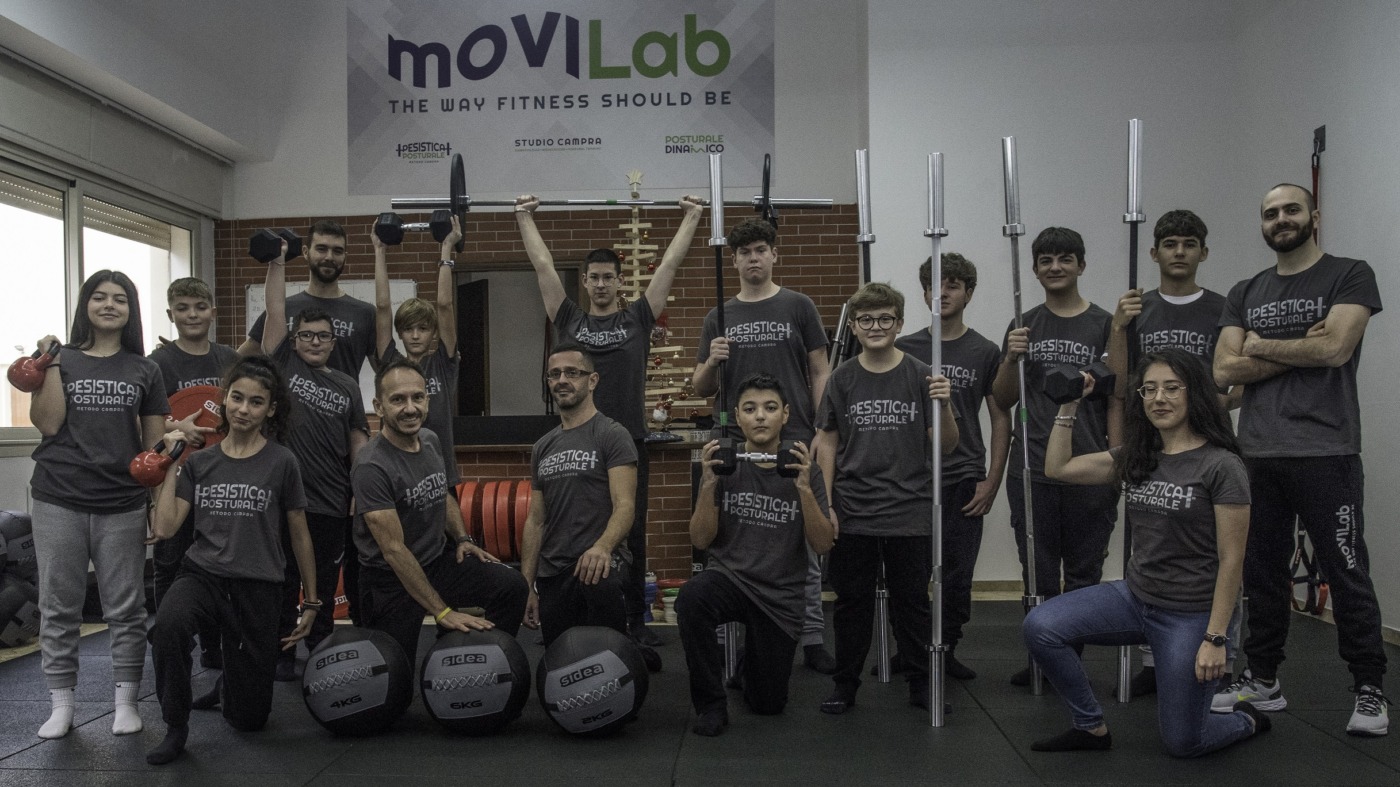
Postural Weightlifting, it might seem an oxymoron, with the same meaning we find a sport that is mostly associated with the risk of injury, or in any case not suitable for the improvement of one’s state of health, even more so for the young and very young people, side by side with another activity, also recommended and encouraged by the medical professionals for proper physical development or for the solution of certain problems. Can you tell more about the coexistence of these two activities? Can you define in a few words what the method you have developed consists of?
Yes, that’s right, even from the naming of this activity I wanted to highlight what the international scientific community has certified, effectively enshrining what can be considered an epochal change of paradigm: from overload that is detrimental to development and health, to overload that is necessary for a smooth development and the health. In every age group.
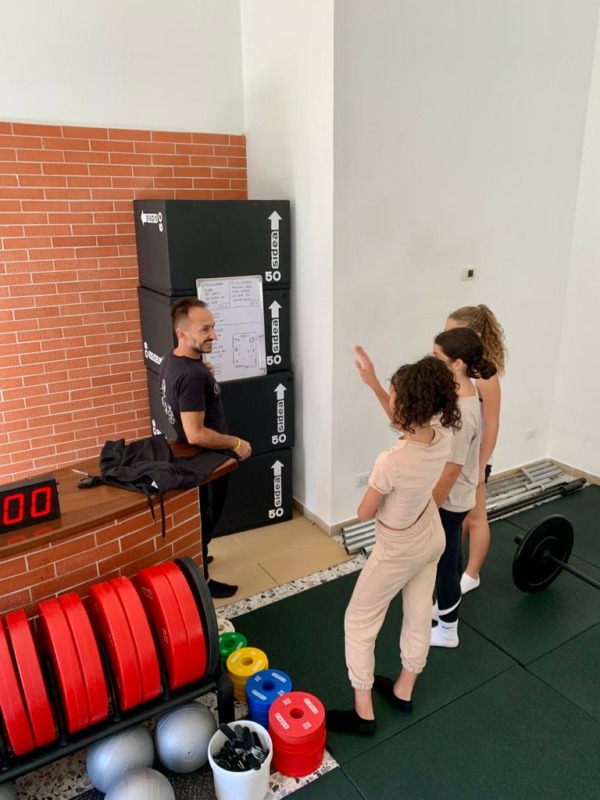
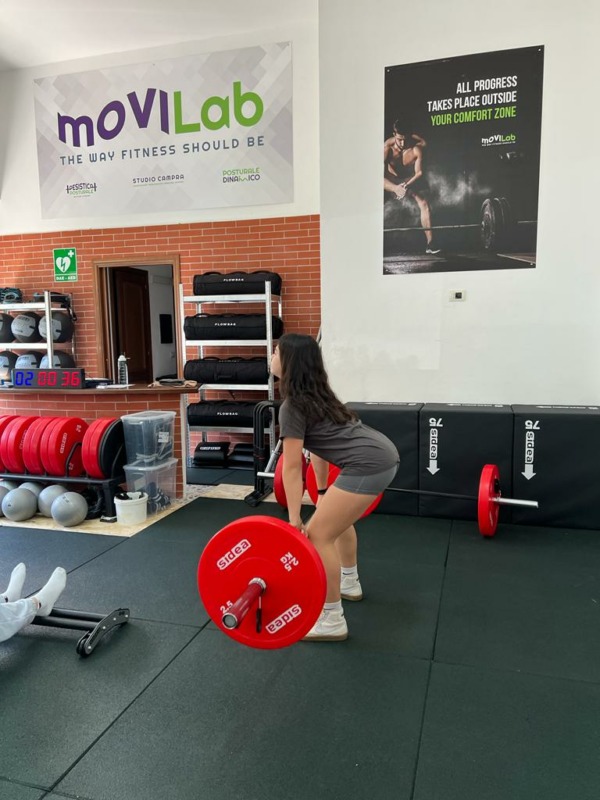
How did the idea of Postural Weightlifting method?
As a movement professional devoted to health, I was looking for a method that focused on this aspect, which is absolutely crucial to my vision, to be matched, however, with a fun and engaging activity.
In my idea, the young and very young people should have wanted to come to the gym, instead of going to by a family imposition or a medical prescription.
The idea of the ‘Postural Weightlifting®’ method was born as a response to different needs, or priorities:
– those of parents, looking for healthy, professionally supervised activity, an alternative motor education to sedentary and hypokinesis for their children.
– those of the boys, looking for something fun and stimulating, which could lay the foundations for a body that was not only healthy, but also best met to an aesthetic ideal, which at this age works as a strong motivational component, provided it is channelled by us and brought to life without exaggeration and exasperation.
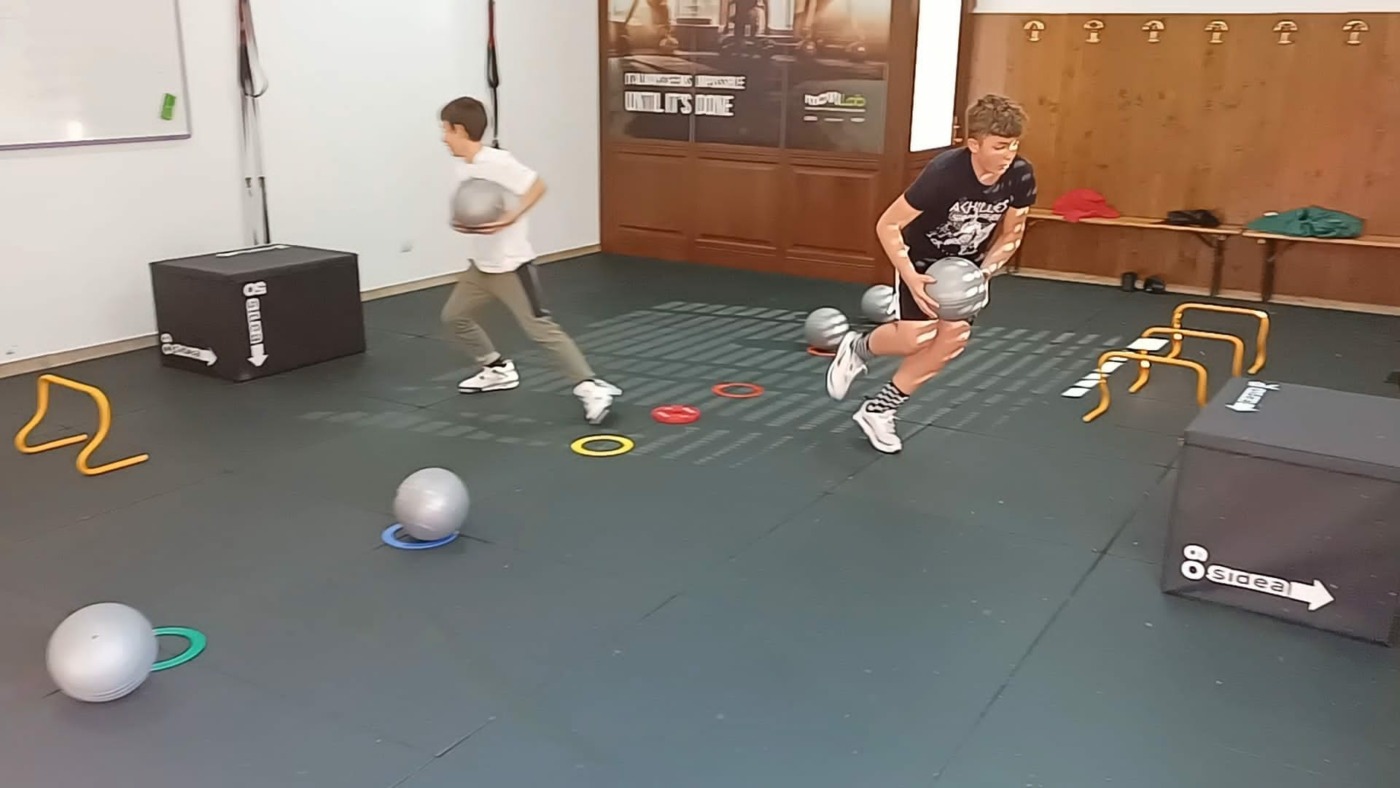
Why the technical gestures of Olympic Weightlifting?
Because ever since I first approached this historical and wonderful sport, I realised the incredible value that the technical gestures of snatch and sprint, as well as several complementary and auxiliary ones, had from a postural point of view, in terms of mobility, rapidity and precision of movements, perfect static-dynamic control of the general postural set-up, of the column, the scapular girdle, the coxofemoral joint and the tibiotarsal joint.
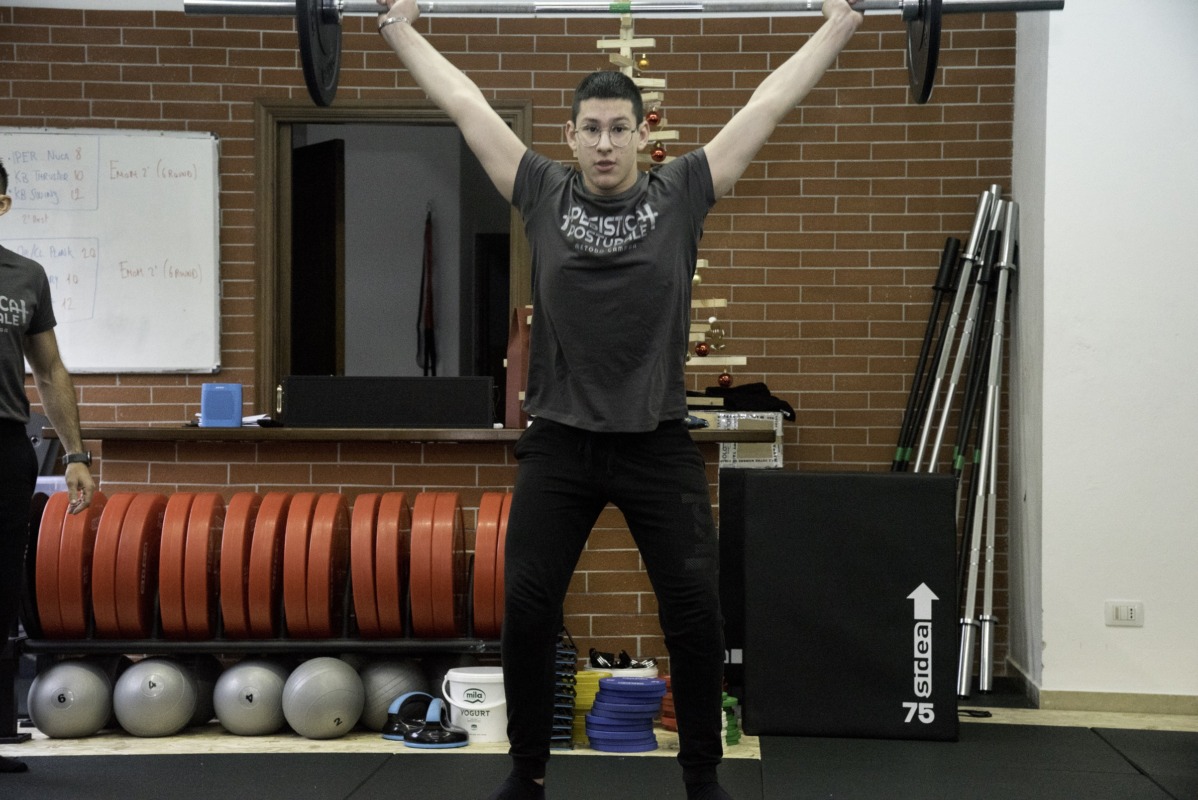
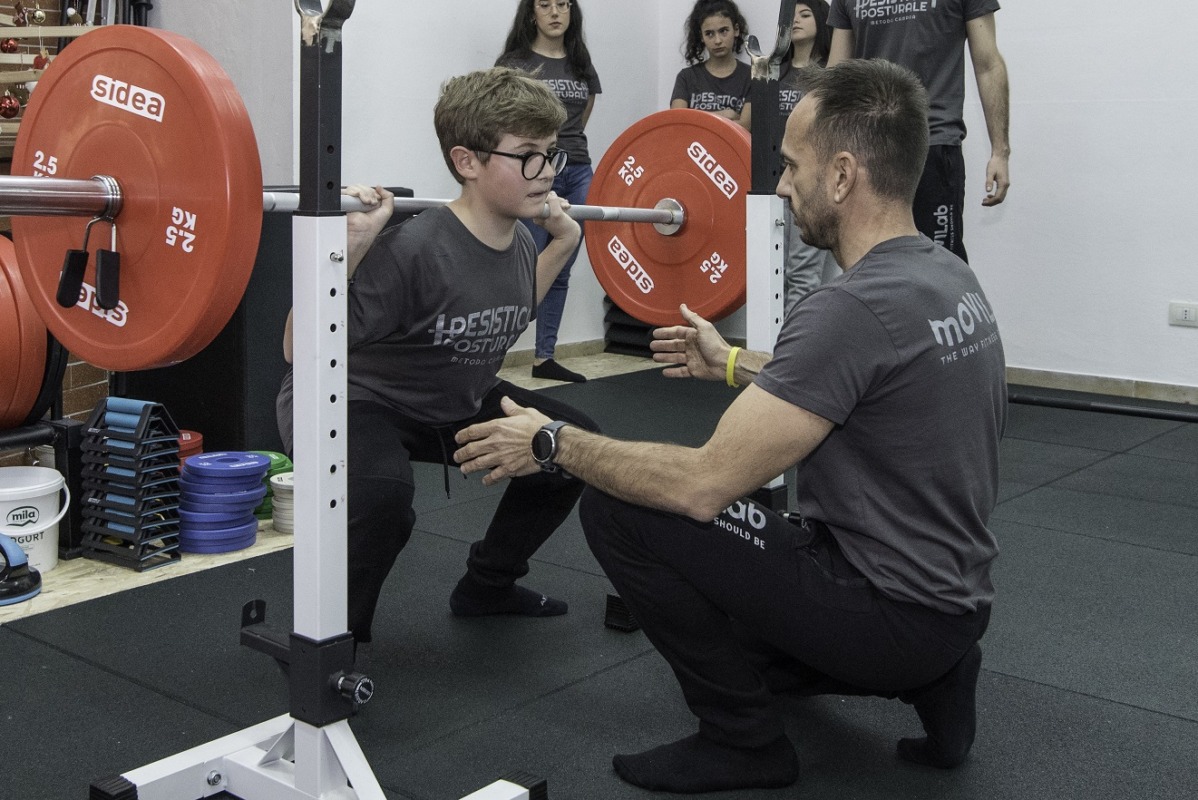
In the light of what you have said, wouldn’t it be enough to train the Olympic Weightlifting?
In fact, Postural Weightlifting could pretty be, and my hope is that it becomes, the stepping stone to Olympic Weightlifting.
The idea is precisely that of increasing the number of young and very young people who approach this sport without any particular competitive aims, and that families can free themselves from the taboo of barbells at a young age.
In contrast to those who approach competitive sport directly, in our case, the demand is mainly for a very targeted and specific objective, which concerns above all health and the harmonious development of different parts.
The technical aspect, although carefully tended, will eventually be addressed in a second phase.
Our young athletes ask us to participate in their first competitions, and as Movilab we are organising ourselves to fulfil this wish.
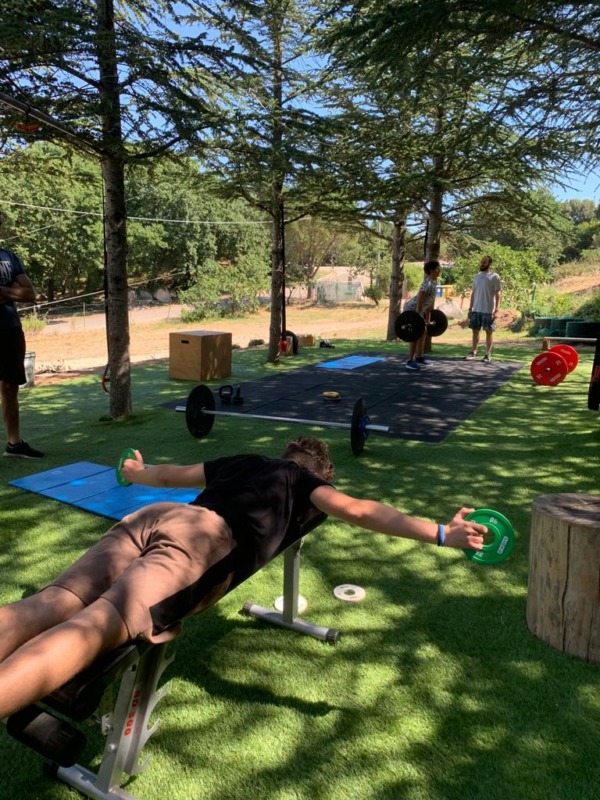
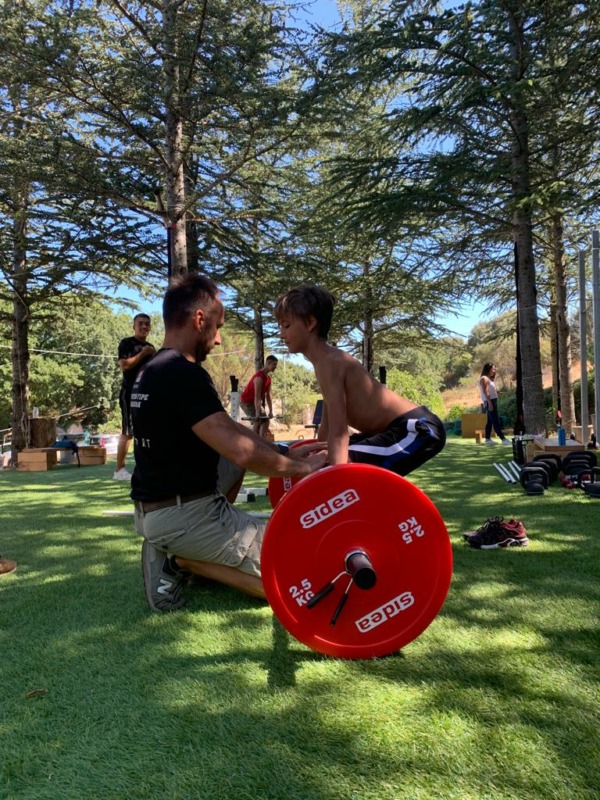
Can you broadly describe how the Postural Weightlifting sessions develop?
In setting up the project, we first distinguished between the different needs of pre-adolescents versus adolescents.
The content of the sessions in both cases always includes an initial activation through mobility exercises, typical exercises of postural gymnastics and motor control, and a part of work on the technical gesture of snatch or sprint.
Part of the work can be spent, depending on the day and the schedule, on strength, functional strength, dexterity circuits, agility, quickness (which are never lacking in the case of pre-teens).
What changes between the two proposals is the different ‘dosage of ingredients’.
A session of postural weight training for pre-adolescents will focus more on motor literacy in general on circuits of dexterity agility rapidity elasticity and in any case on a strong playful component, the time devoted to the technical gesture will be shorter than that reserved for adolescents within the session.
The same applies to exercises focused on the pure strength development.
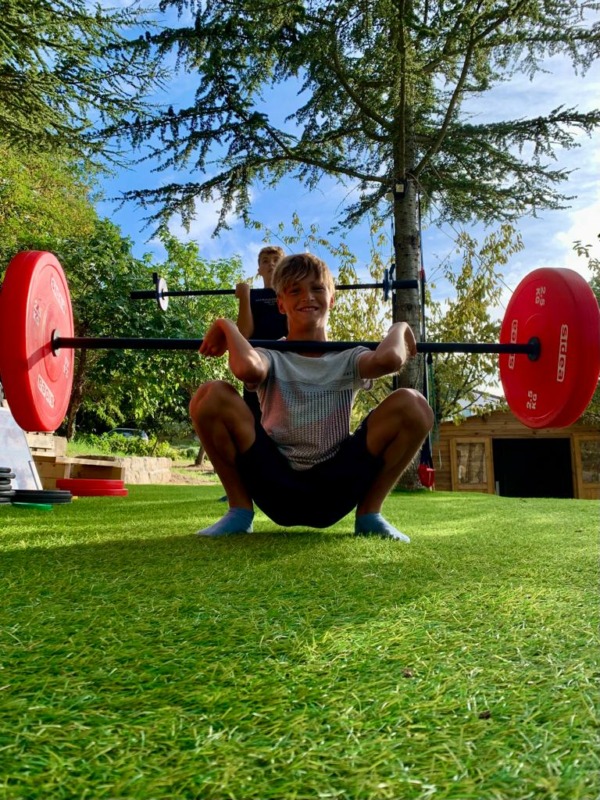
What equipment is needed to carry out the activity?
Some of the equipment will be fundamental to build the foundations of strength and technique in weightlifting movements. Technical 3.5 and 7 kg barbells (for learning technique in all age groups), as well as hollow discs, fractional plates, Olympic barbells and traditional discs, and dumbbells of various sizes will be essential. One or more racks and supports for barbells, one or more flat/tilt benches.Another part of the equipment for the more functional, educational and general physical training part can consist of training and functional training equipment: PVC or wooden tubes or sticks, kettlebells, suspension training straps, different types of elastic bands, Plio Box, Medball, Slamball, Flow bag.And more obstacles, cones, kineses, rings, and anything else that can be useful to build tracks for speed, dexterity, agility, elasticity.
.
